Milwaukee is the largest city in Wisconsin state. In the mid-19th century, a large number of German, English, Irish, and Polish immigrants arrived to settle in the area. By the end of the 19th century, Germans had developed their society within Milwaukee, complete with German-language newspapers, schools, churches, singing societies, and political groups. The city became the center of metal-working industries, flour mills, heavy equipment manufacturing, and breweries. During the first half of the 20th century, Milwaukee was the hub of the socialist movement in the United States. The Great Depression disrupted progress and rapid development; over 50% of people lost their jobs, and 20% of residents needed direct relief from the government. The recovery began in the 1950s, and in the 1960s, Milwaukee had grown to become one of the largest cities in the United States. Traditional industries such as machinery, automobile, and brewing, managed to survive, but the business sector, such as health care, insurance, and banking sector, thrived.
Here below are some historical photos of Milwaukee that show street scenes, landmarks, cityscapes, and everyday life from the 20th century.


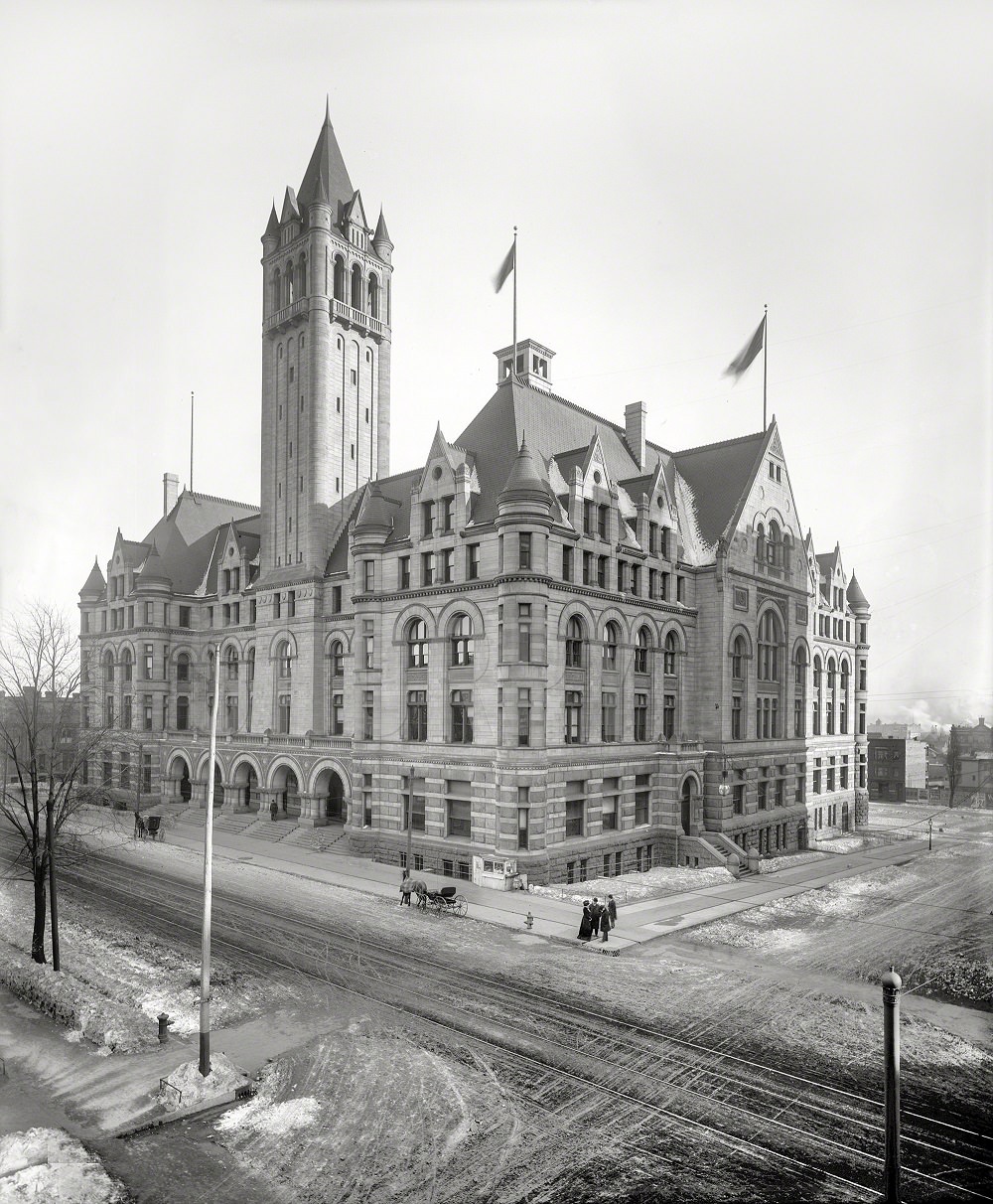
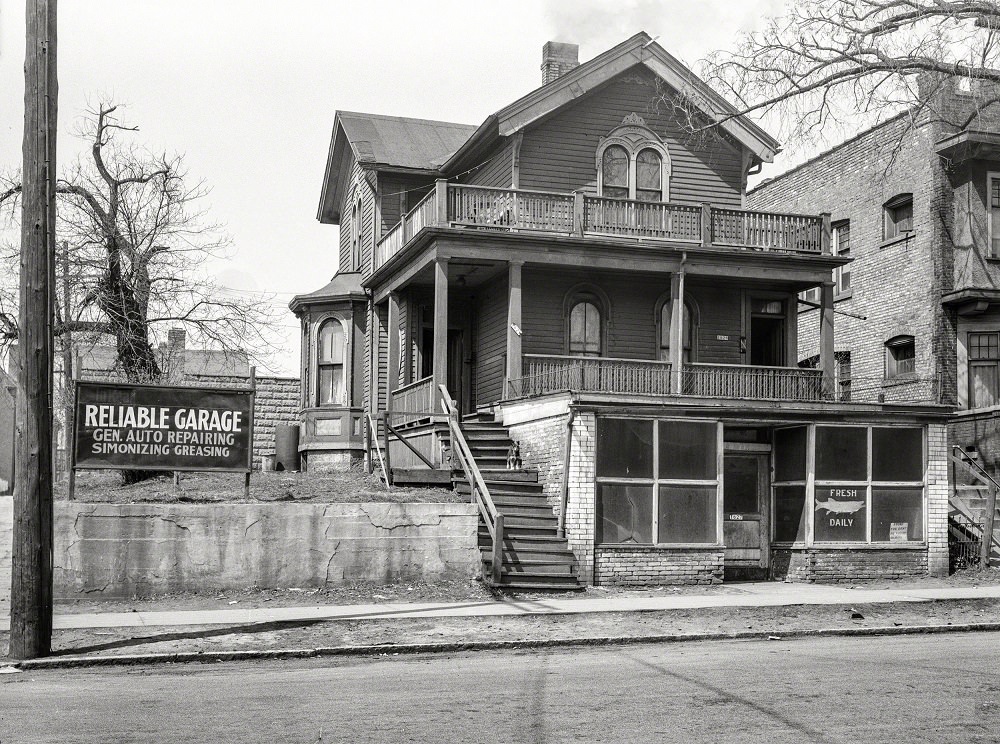
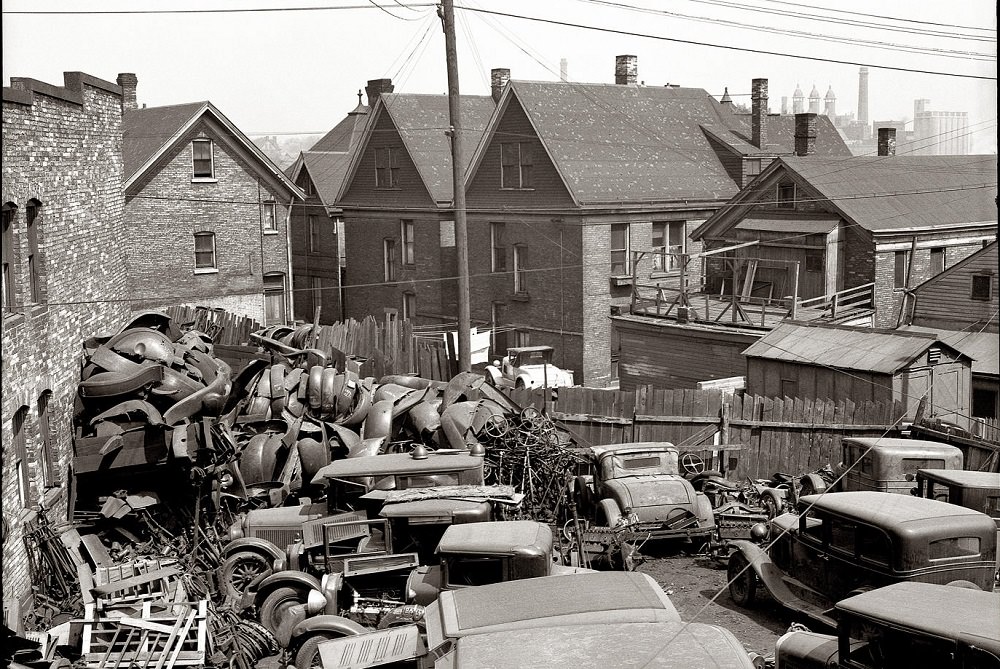
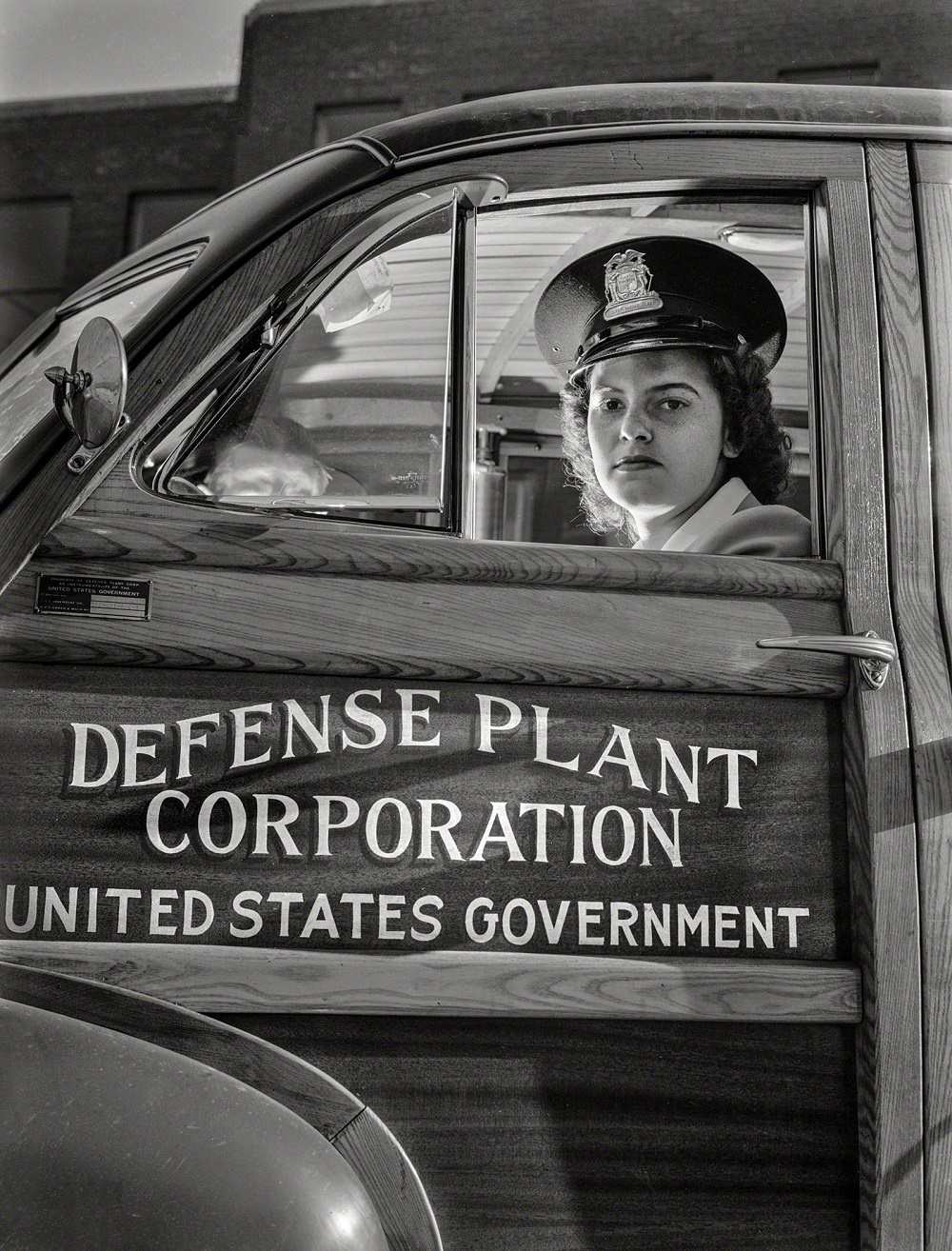
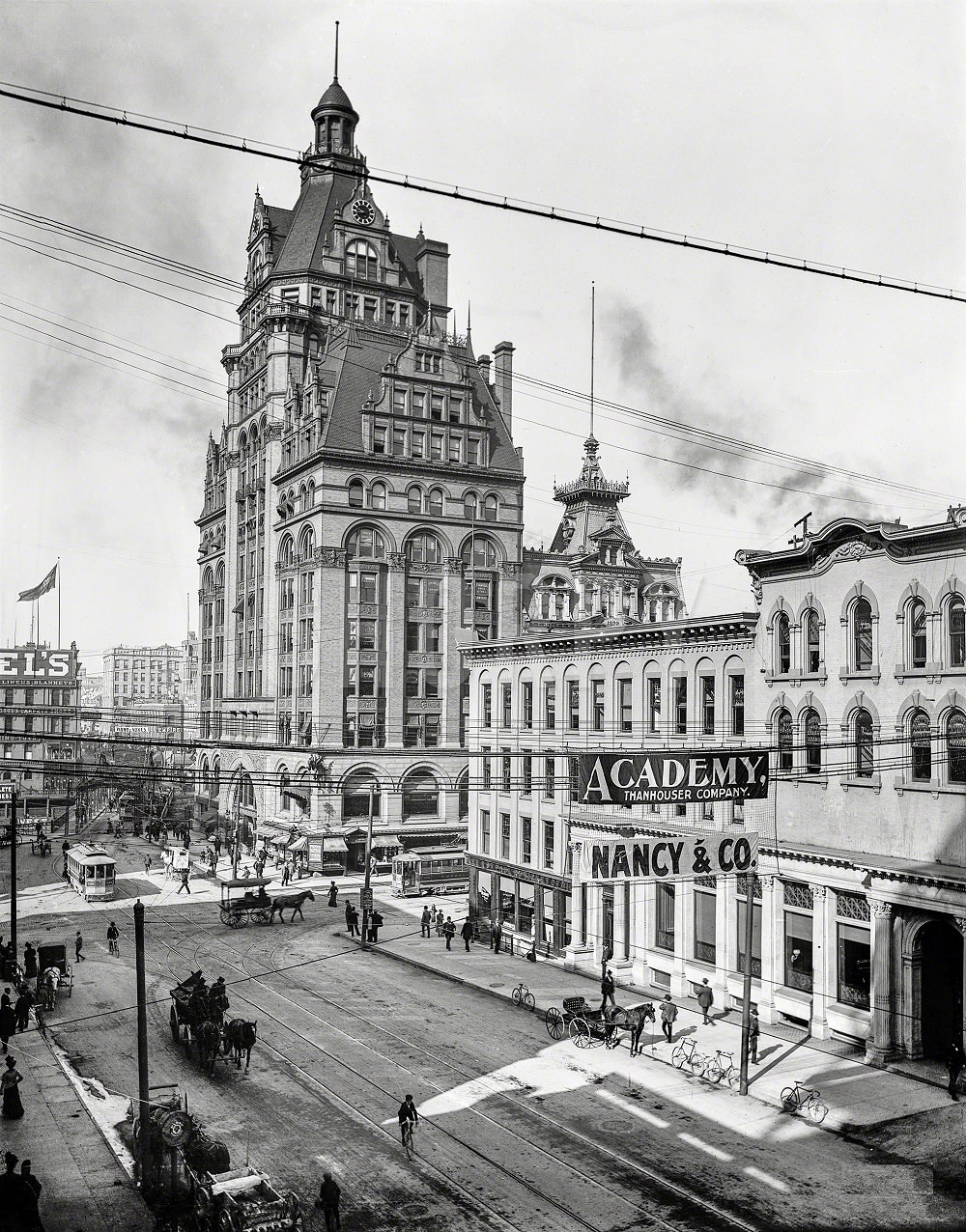
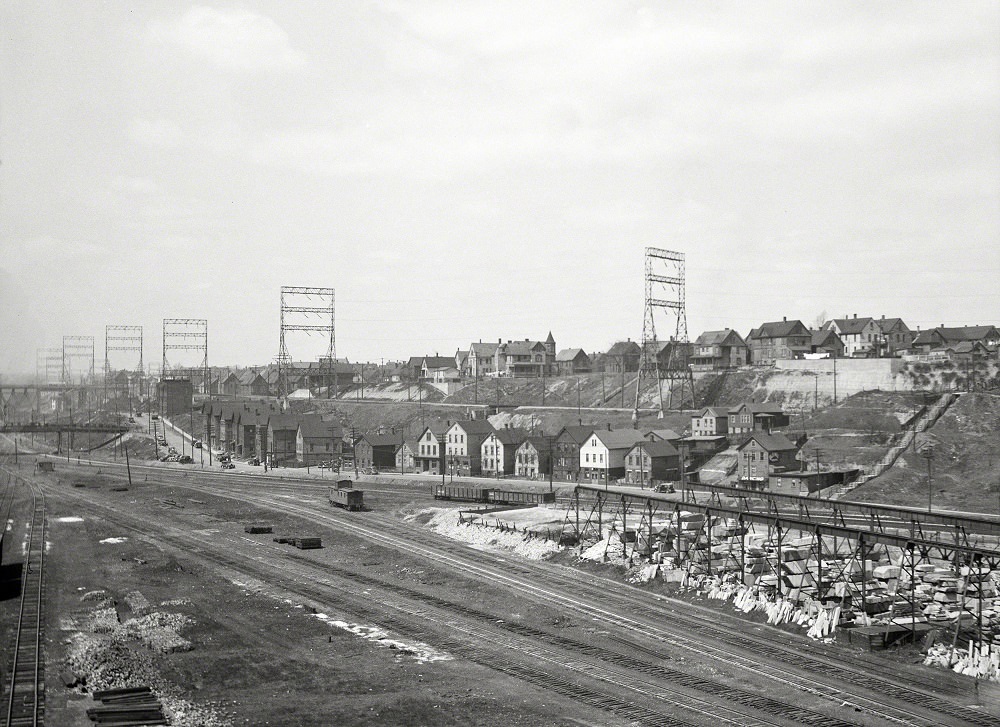
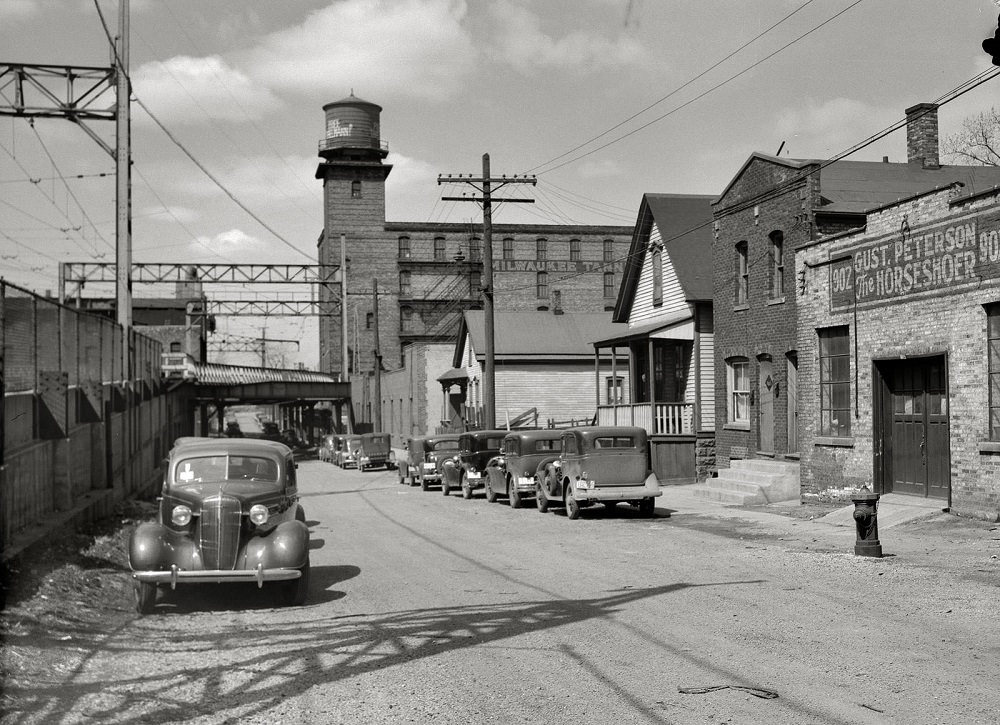
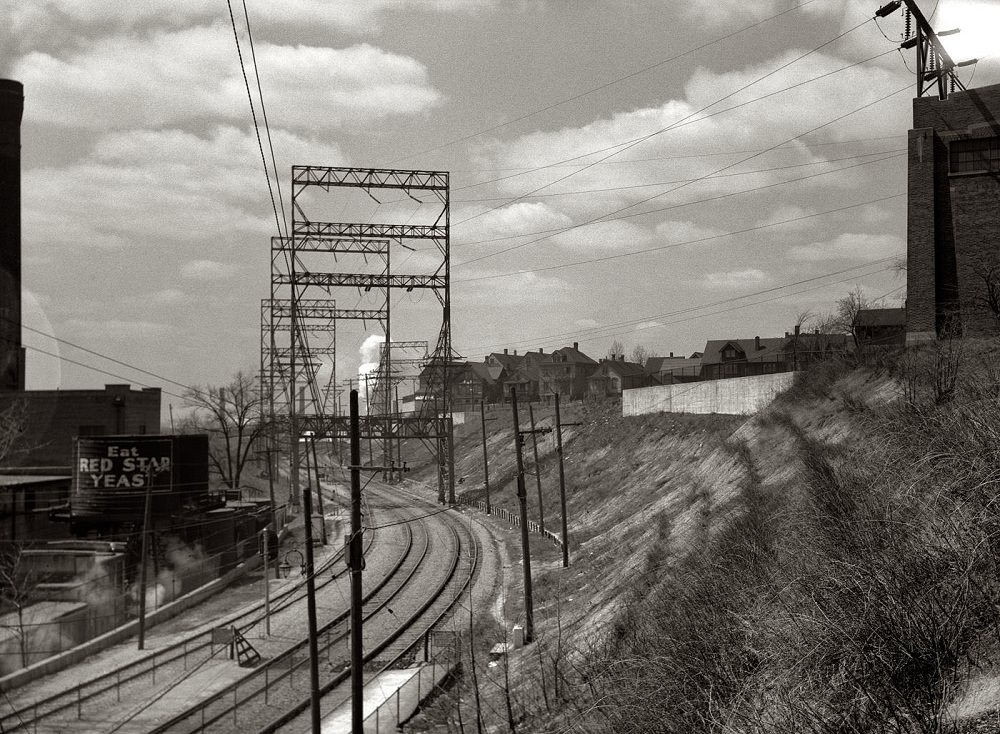
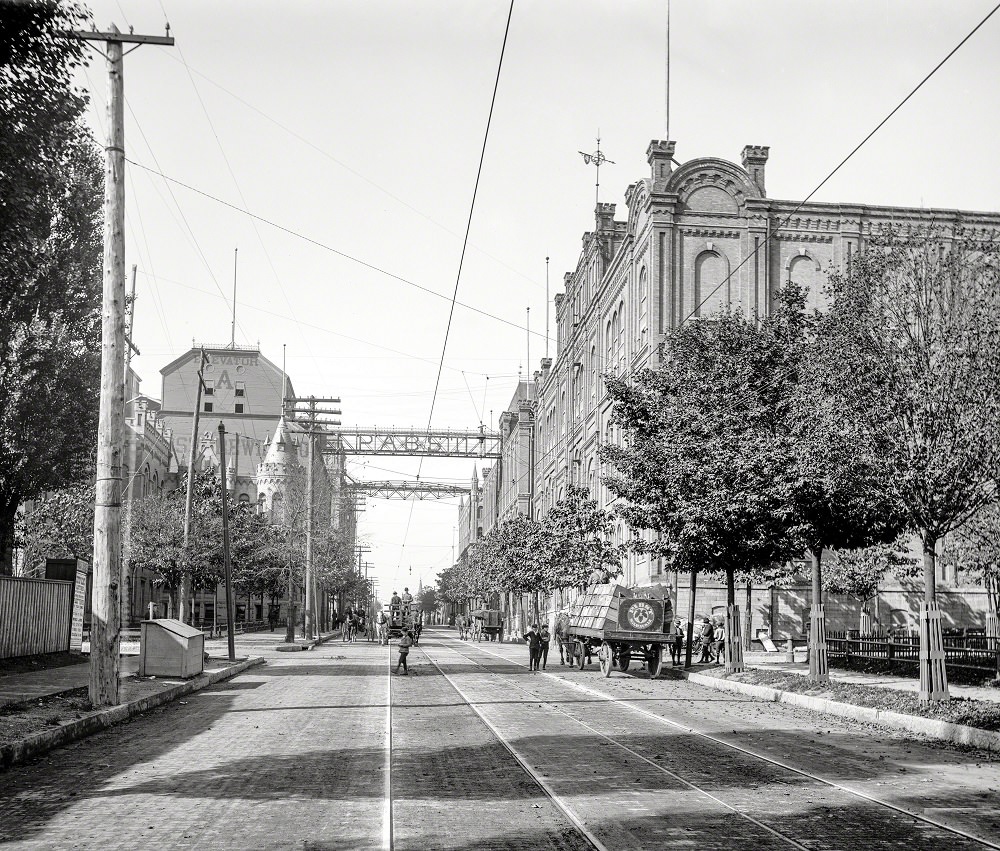
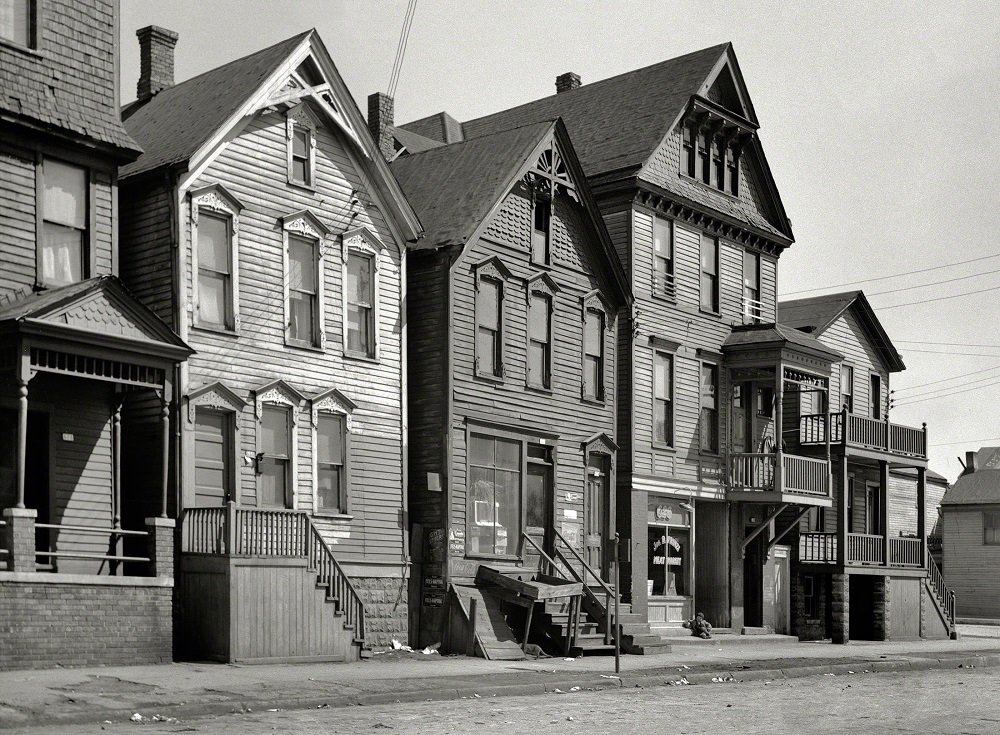
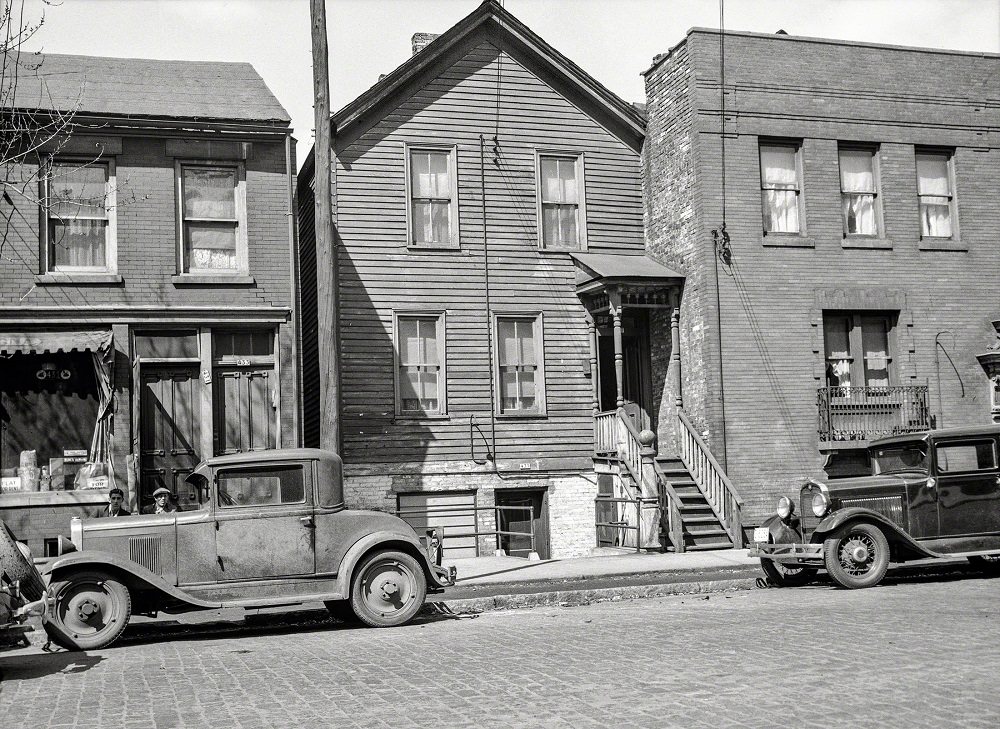
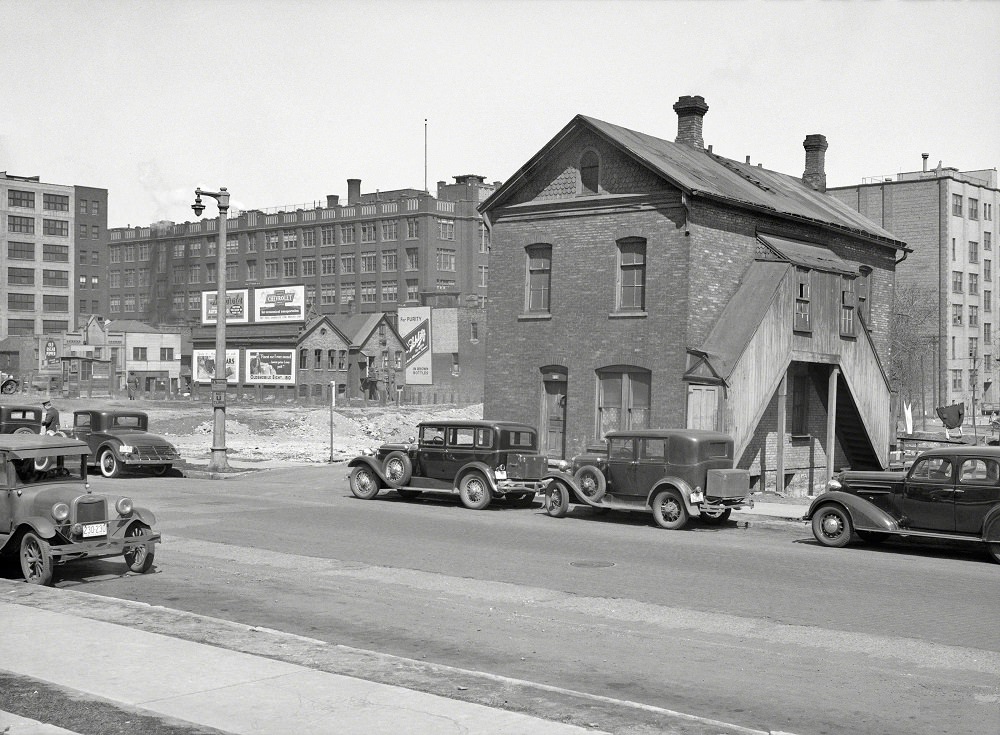
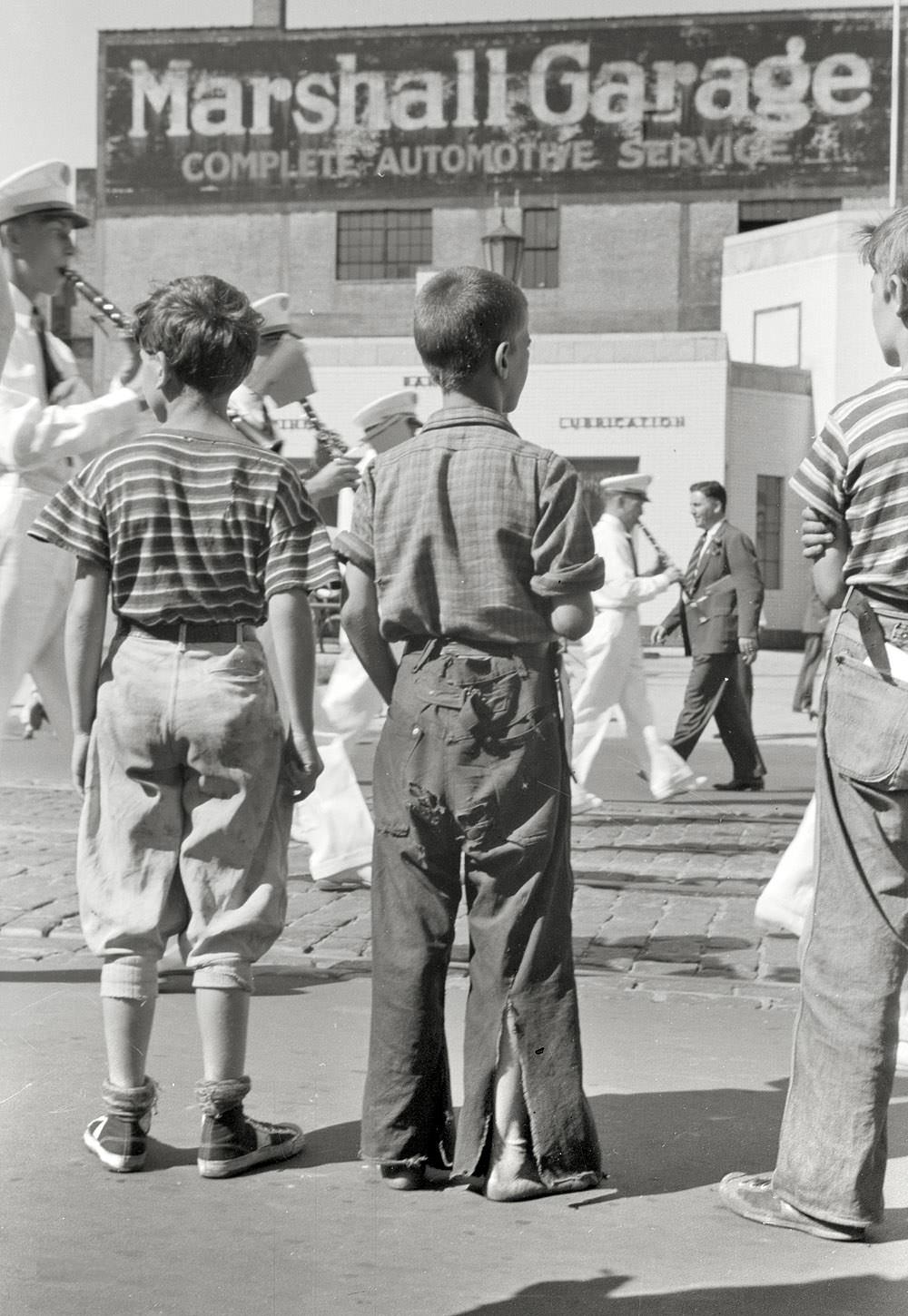
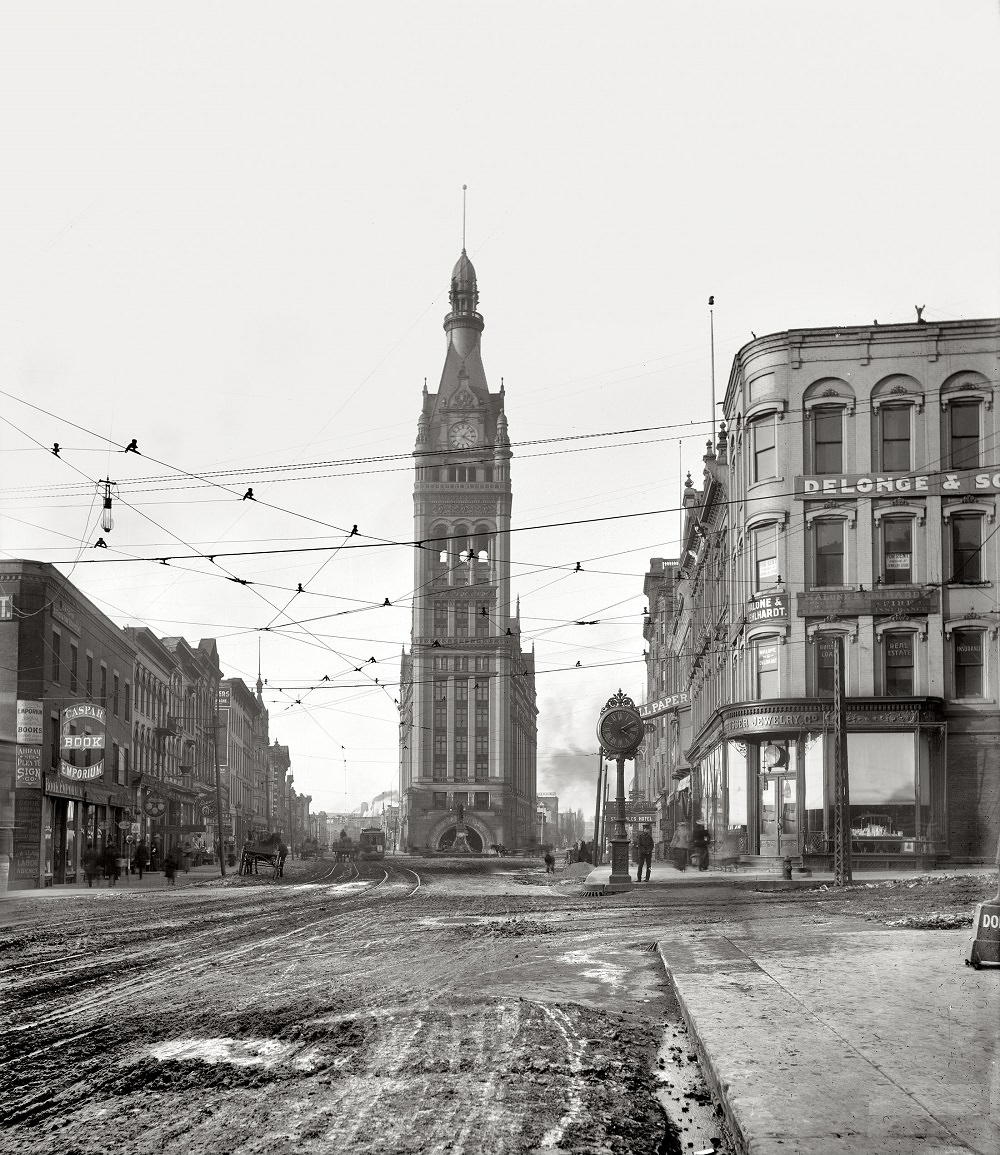
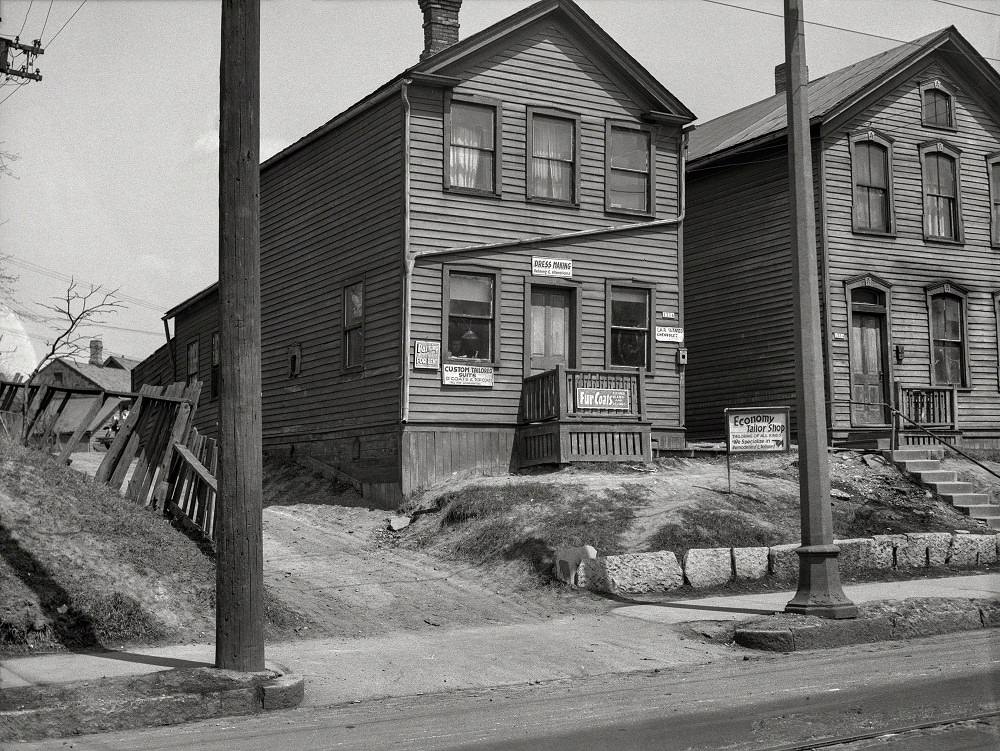
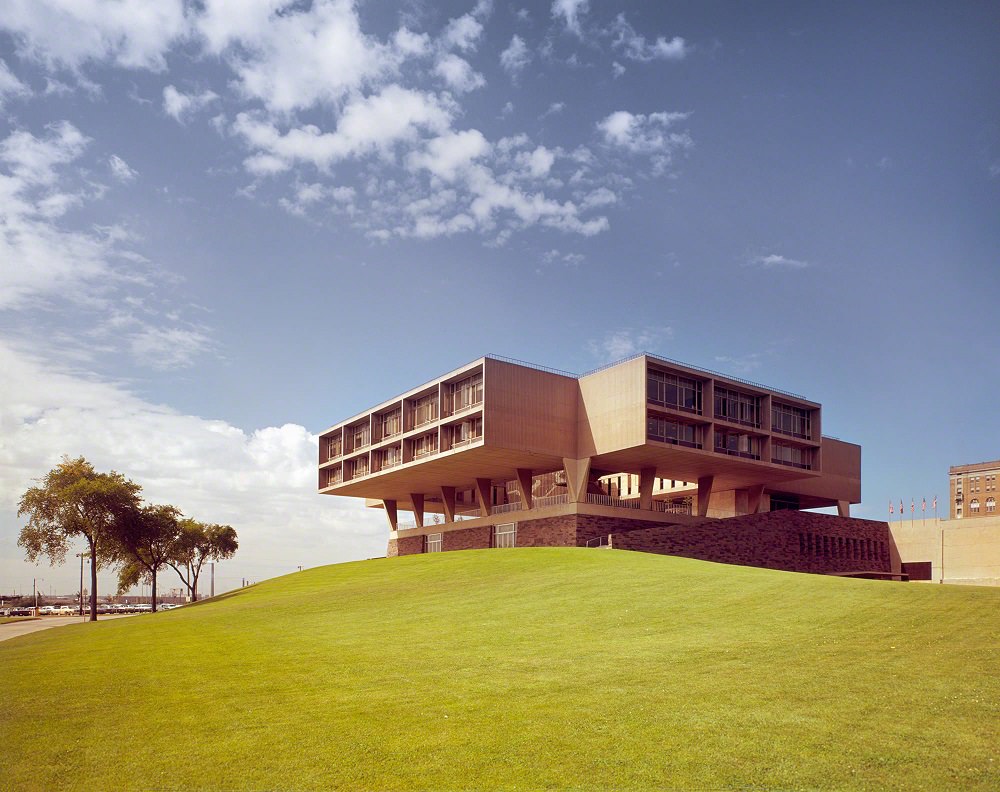
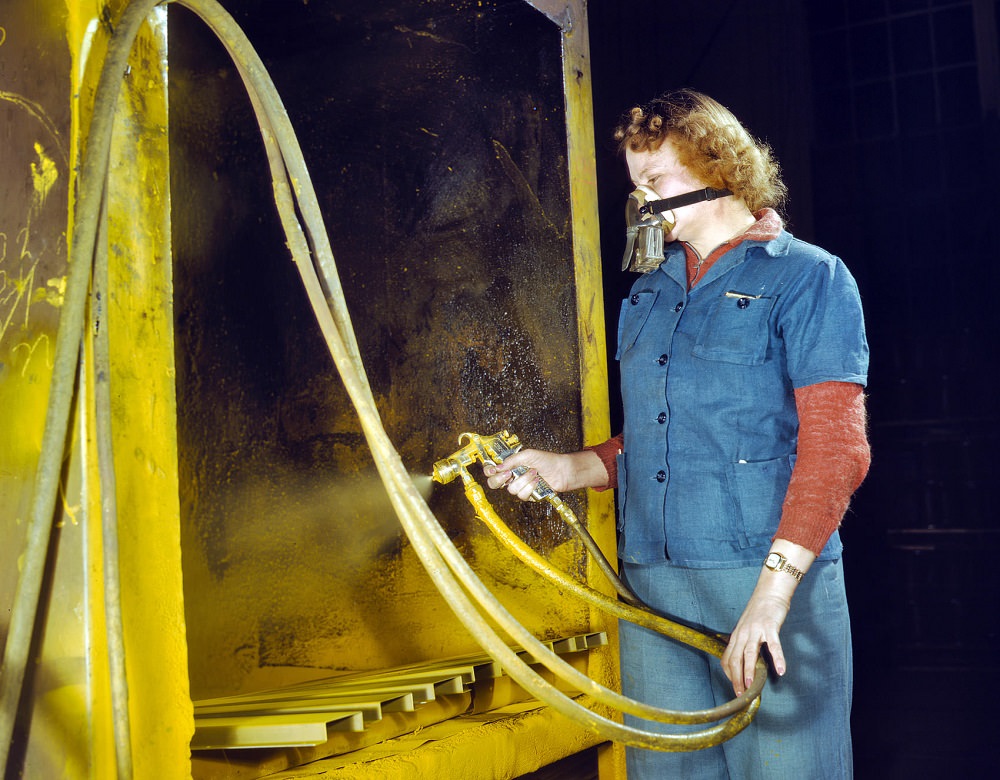
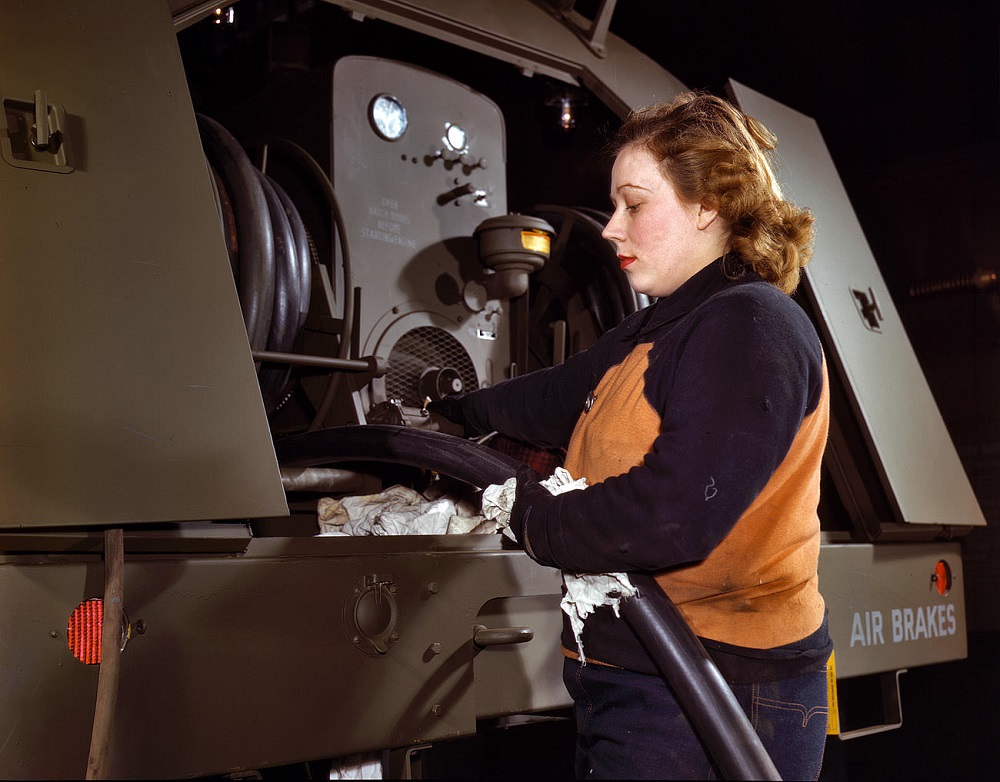
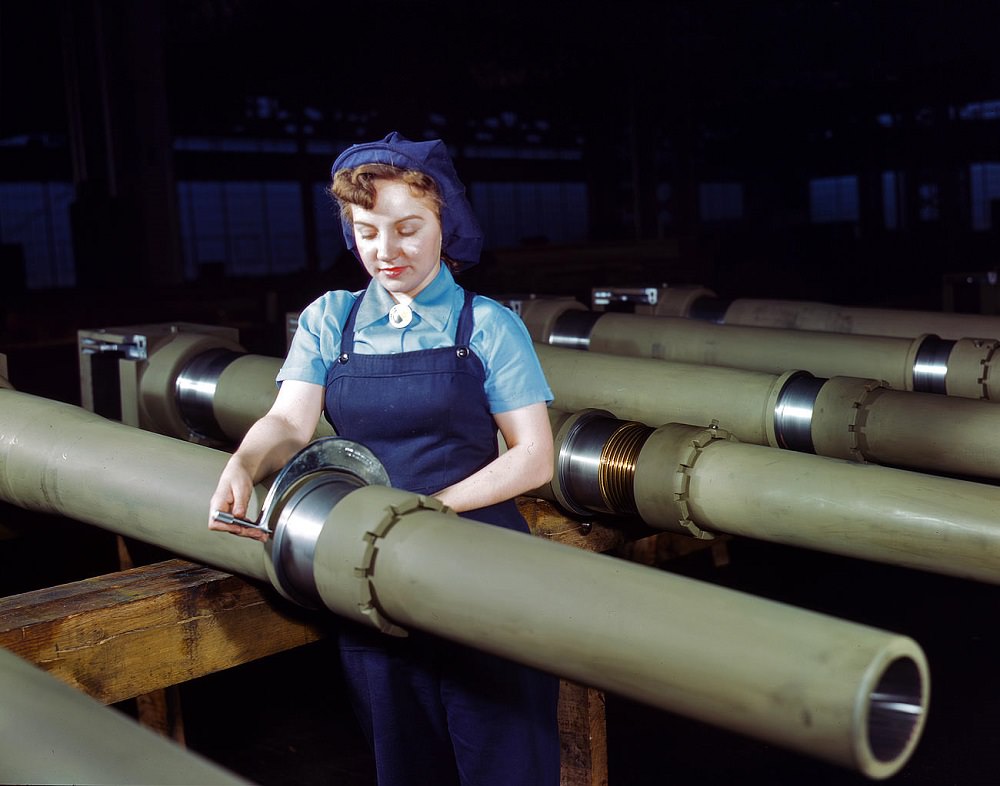
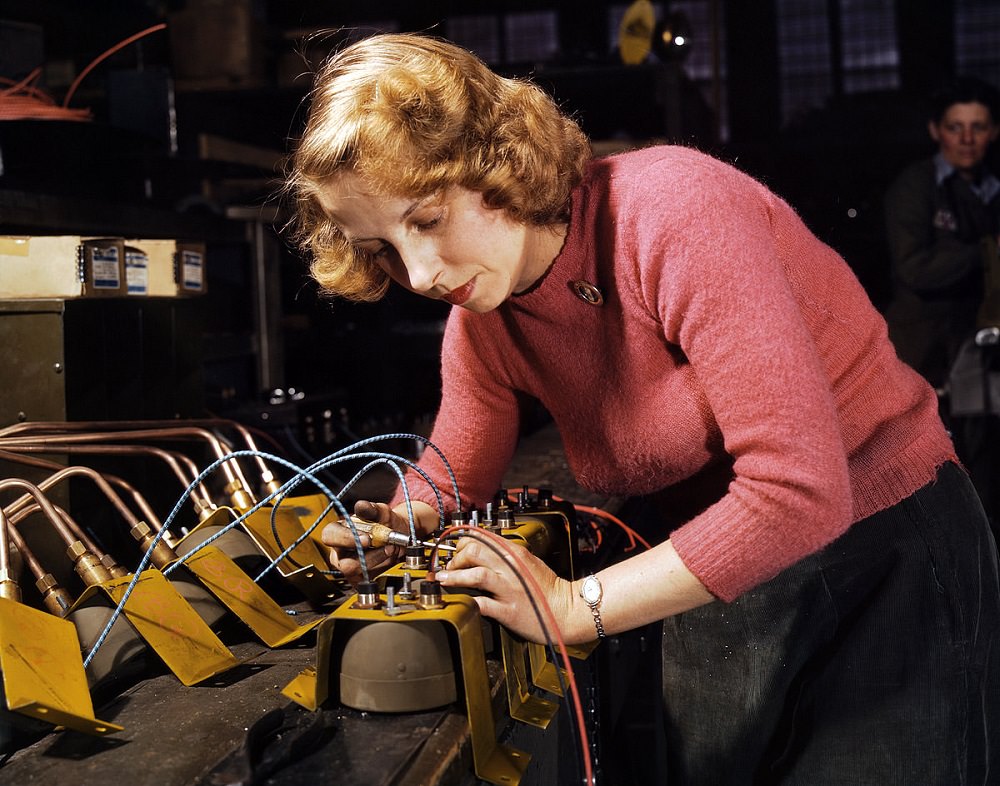
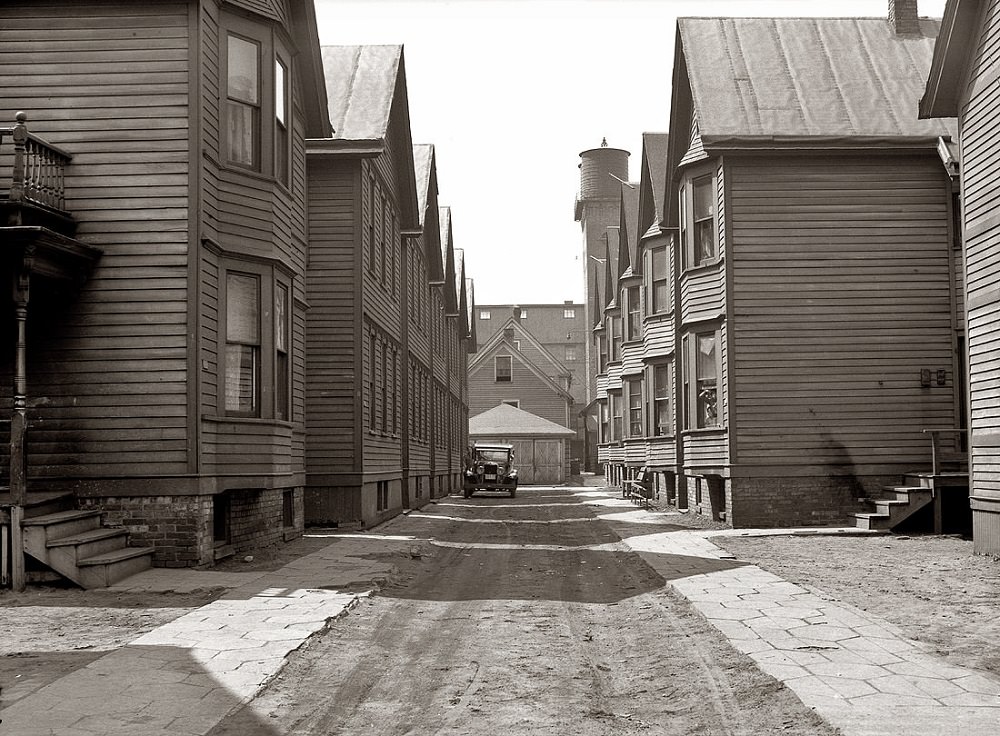

the steeple from St. Patrick’s was removed because of structural damage. There’s an ongoing effort to raise 2 million for the necessary building repairs. I attended the Parochial school for St. Patrick’s while growing up, but unfortunately, it had to shut down due to low attendance after the last school year.
These pictures are really cool! It’s great to see images of my hometown.
It’s disheartening to see how many rural towns were more developed a century ago compared to their current spread-out state.
It’s sad to see the current state of the old GM plant site. My grandfather worked there until it closed down. The empty lot is quite depressing, as was my observation three years ago when I last drove by.
The photos of St. Stan’s before the interstate came through